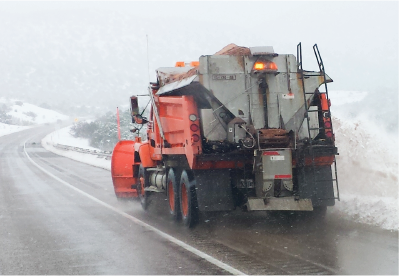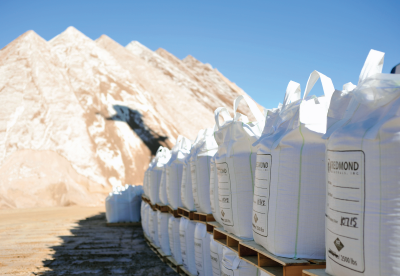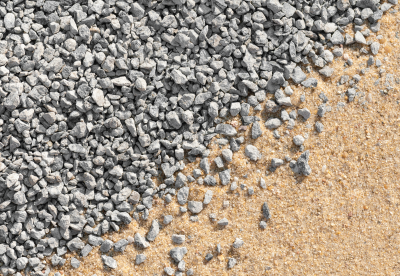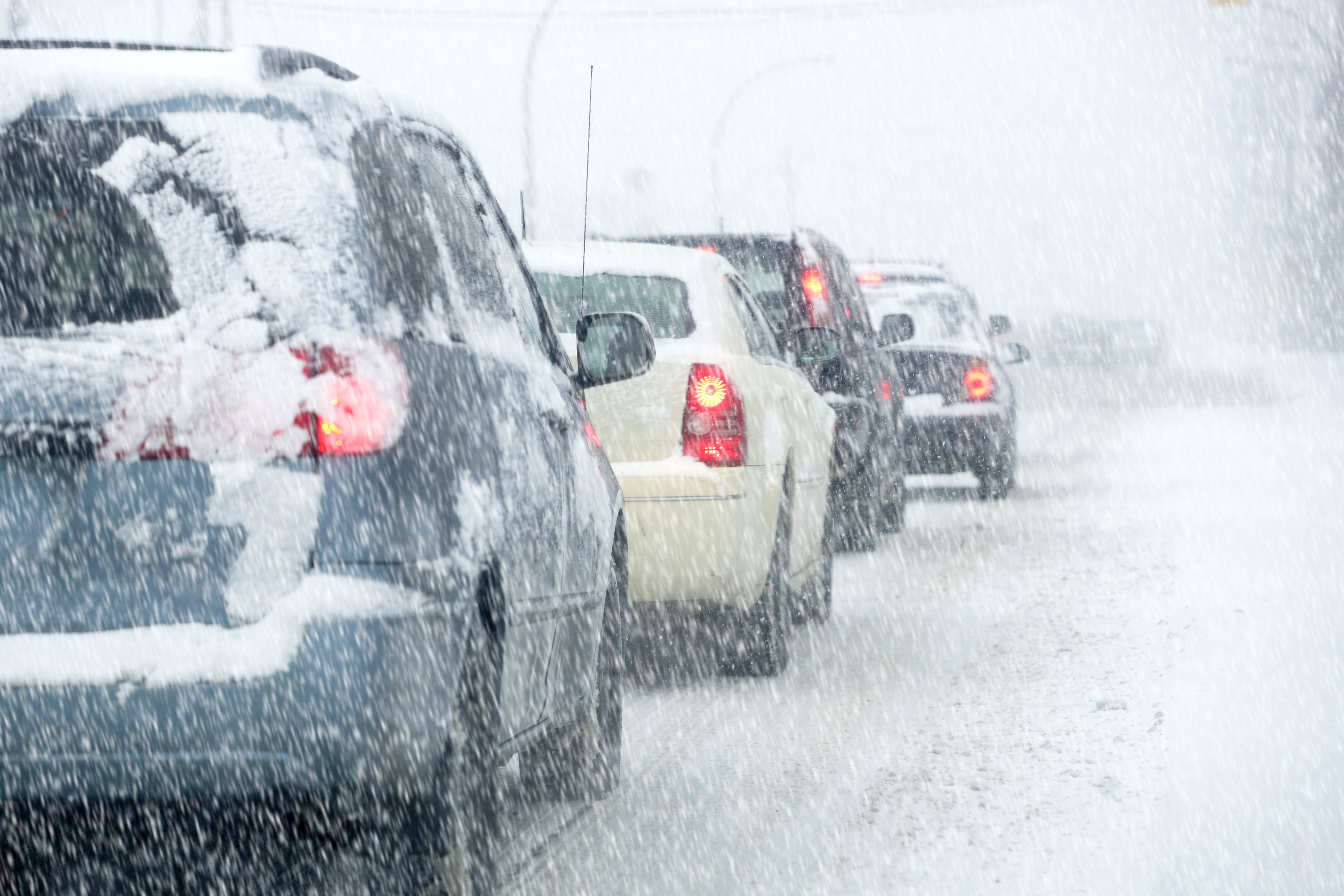Date December 21, 2021 | Brooke Loeffler
Understanding Friction Testing
What is Friction?
Friction is the force that resists motion between surfaces. This force behaves differently depending on whether the objects are stationary, moving, liquid, or solid. Static friction exists between objects that are not moving, and holds a stationary object in place. Once those objects begin to move, kinetic friction is the force resisting that motion.

There are many factors that affect how much friction is generated between adjoining objects, such as: the level of surface contact, texture of the objects, presence of liquids, ambient temperatures, and more.
Pavement Friction
During normal driving conditions, a car experiences a specific kind of friction (called traction) between its tires and the road surface. That friction helps your car grip to the road and provides you with maneuverability and control. Unfortunately, winter deposits of ice and snow greatly reduce friction on road pavement surfaces, creating extremely hazardous driving conditions.
What Affects Pavement Friction?
There are many variables that affect overall pavement friction, including: quality of the pavement surface, the road environment, properties of the tires, and how vehicles operate on the road.

According to the US Department of Transportation Federal Highway Administration, “a roadway must have an appropriate level of pavement friction to ensure that drivers are able to keep their vehicles safely in the lane.” During warm weather months, roads in the United States periodically undergo friction treatments (such as micro-surfacing) to increase pavement friction and improve road safety. However, winter requires extra road maintenance measures to deice and increase pavement friction to safe levels.
How Is Friction Measured?
Friction is measured in a ratio called the coefficient of friction. The coefficient of friction (μ) is the ratio of horizontal friction force (the force resisting movement) to the vertical normal force (the force pressing the 2 objects together).
Friction Testing
A Brief History
For decades, the road maintenance industry has conducted laboratory tests on pavement friction solutions. In 1992, the Strategic Highway Research Program (SHRP) sponsored the creation of a handbook for how to test deicing products and evaluate how effectively they penetrate and undercut ice, melt into a brine, and increase pavement friction. These SHRP tests were solely conducted in a strict laboratory setting as researchers studied petri-dishes of deicing solutions.
Over the years, traditional SHRP tests have been repeatedly modified to try and mimic variables that would occur out in the field. Since 2010, the Western Transportation Institute (WTI) in Montana has elevated lab testing quality with the use of an environmental chamber. In this chamber, paved road samples are treated with deicers and then subjected to a wide range of environmental changes. Ice Slicer is proud to be partners with Montana State in these friction testing advancements. We are dedicated to working together with the WTI to lift and innovate new friction testing practices that more closely represent real life conditions.
Lab Testing vs. Field Testing
Lab tests are generally inexpensive and easy to replicate, but should only represent part of friction testing as a whole.

Typical lab friction testing is only able to replicate a few stable environmental factors to measure their effects on pavement friction. These factors include:
- Air Temperature
- Pavement Temperature
- Relative Humidity
- Pavement Type
- Snow/Ice Structure
According to WTI, “laboratory tests are often used to evaluate deicer performance, but results have been shown to poorly correlate with field performance.” WTI recommends that laboratory friction testing should only be the initial step in evaluating deicer performance. After lab testing, deicers should be taken out to the roads for field friction testing. In field conditions, researchers can observe and measure a wide range of additional variables that are very difficult to re-create in a lab. Field friction test variables include:
- Variations in: air temperature, pavement temperature, humidity levels, pavement type
- Dynamic traffic rates and speeds
- Pavement Conditions
- Effects of Plowing Mechanisms
Field Rated Friction Measuring Equipment
Mobile Devices
Mobile friction testing vehicles resemble a multi-wheeled trailer that is towed behind another vehicle. You may have seen similar devices being towed up and down the airport tarmac during inclement weather. These devices measure: stopping distance, fixed/angled/variable slip, acceleration and deceleration rates, and more. They can run over multiple stretches of pavement and collect data for easy comparison and analysis.
Mounted Devices
Some municipalities install optical sensors along roadways that use laser technology to measure and analyze surface conditions. These fixtures use sensors to measure and calculate the coefficient of friction and precipitation layer thickness in real time.
In Pavement / Embedded Sensors
New in ground devices are giving road crews even more varied and accurate data on surface conditions, including how much residual salt is still present from the last storm.
- Learn more about road surface sensors
Pavement Friction Scale
Typically, roads with black ice have a friction coefficient of 0.2, while dry roads measure in at 0.8. The goal of granular deicers is to reach a friction coefficient of 0.6 as fast as possible, to return winter roads to drive-able conditions.
Ice Slicer® Pavement Friction Solutions
Ice Slicer’s® naturally diverse granule sizes provide the fastest stabilizing traction on winter roads. Our unique deicing product aggressively cuts through ice and snow to restore safe driving conditions hours faster than the competition.
© 2024 Redmond Minerals Inc.






